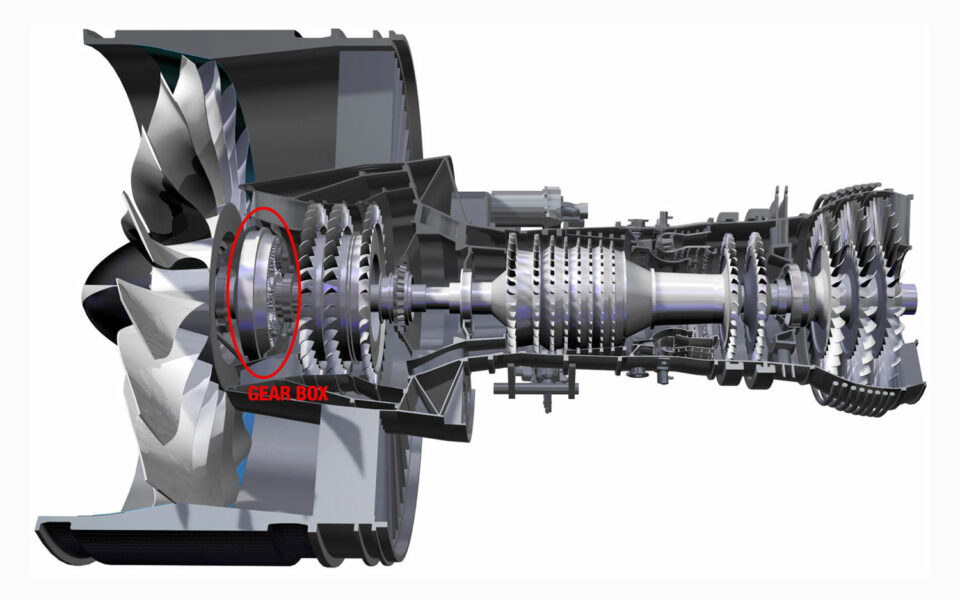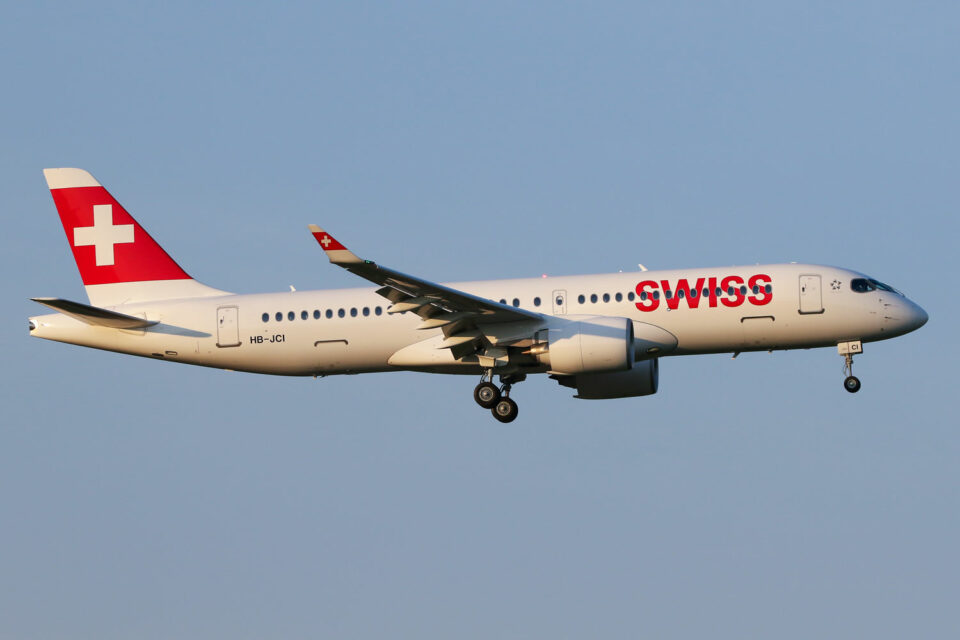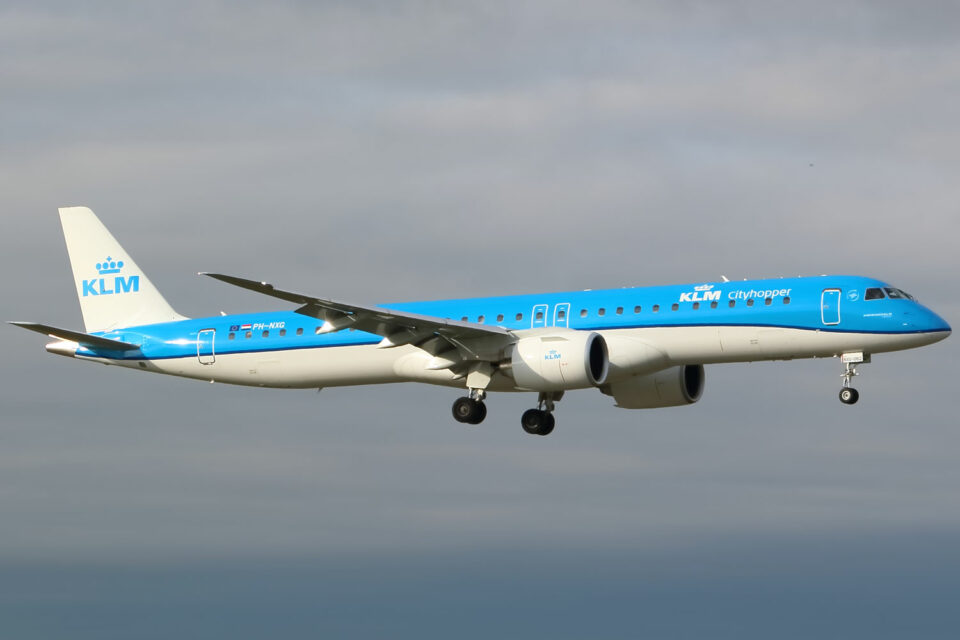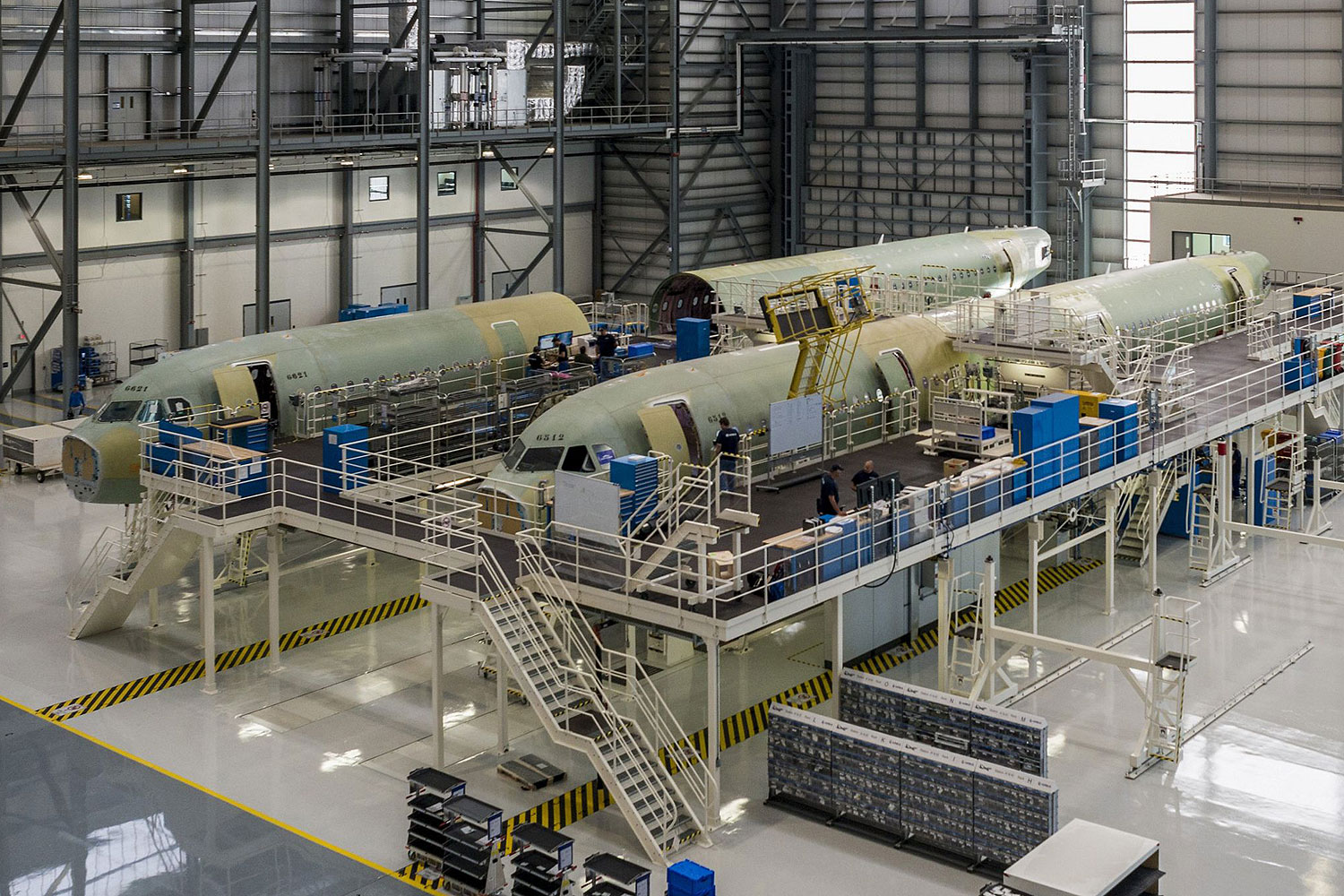Just over a decade ago, Boeing and Airbus made crucial choices to equip the new versions of the 737 (MAX) and A320 (Neo) jetliners with advanced engines.
While the US planemaker was more conservative in choosing the CFM Leap-1B turbofan, its European rival decided to also use the new Pratt & Whitney PW1000G, also known by the acronym GTF (Geared Turbofan).
The preference for the PW engine was also made by Bombardier in the C Series (A220) and by Embraer in the E2 family, which replaced the popular CF34 turbofans, from General Electric.

Rather than pursuing a more conservative solution like CFM, which increased the bypass ratio and pressure on the Leap 1-B, Pratt & Whitney preferred the gear system to offer airlines economy, lower emissions and more power.
If the grounding of the 737 MAX for two years seriously harmed CFM, thanks to its exclusivity with Boeing, it is Pratt & Whitney that today causes the most headaches for its customers.
The GTF engine proved problematic in its early career, with in-flight shutdowns, parts that needed to be overhauled and softwares to be fixed.

Bankruptcy
The issues were resolved, but another major difficulty remained: how to fix so many planes in the midst of a shortage of components? It is for this reason that currently several airlines in the world, which have A220, A320neo and E2 aircraft, suffer from the lack of availability of their brand new fleets.
Follow ADN: Instagram | Twitter | Facebook
The most serious case so far arose this week when the Indian carrier Go First filed for bankruptcy after suspending its flights for a few days.
The airline, which has 49 A320neos, says half of its Airbus fleet is sitting idle, waiting for Pratt & Whitney to service them. There are aircraft that have not flown for almost two years, which motivated Go First to go to court in search of a solution.

Swiss, part of the Lufthansa group, is another airline heavily affected by the PW1000G engine. Company that launched the A220 into service, it has 30 aircraft in its fleet, but only 20 of them are flying.
To cover the gap, Swiss has leased six A220-300s from Air Baltic, which also struggles to keep them in operation.
Affected aircraft assembly
As ADN showed in January, KLM Cityhopper, KLM’s regional arm, is also unable to use its 15 new E195-E2s.
Currently, six of these Embraer planes, one of which is only four months old, are parked at the airline’s headquarters, awaiting parts.

The situation is so worrying that it also affects the delivery of new aircraft. It has been common to see in some Airbus, Boeing and Embraer facilities jets ready, but without engines.
Airbus would also have already warned its customers that in 2024 it will delay the delivery of A320neo family jets by a few months, according to a Reuters source.
When launching the GTF, Pratt & Whitney promised that turbofans would be more fuel efficient, quieter and require less maintenance. So far, however, the last part remains a challenge.

